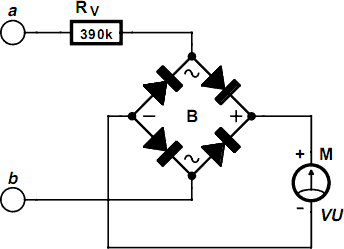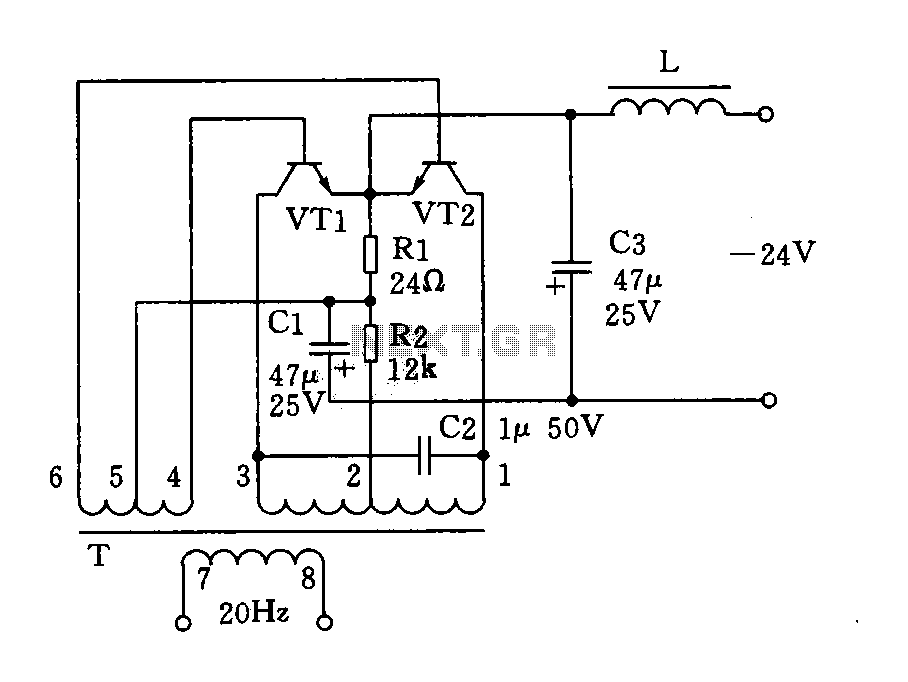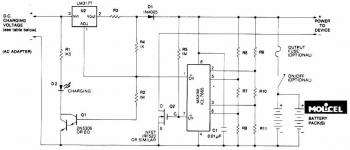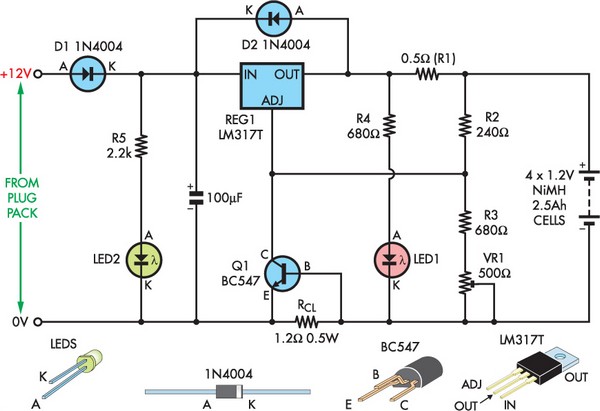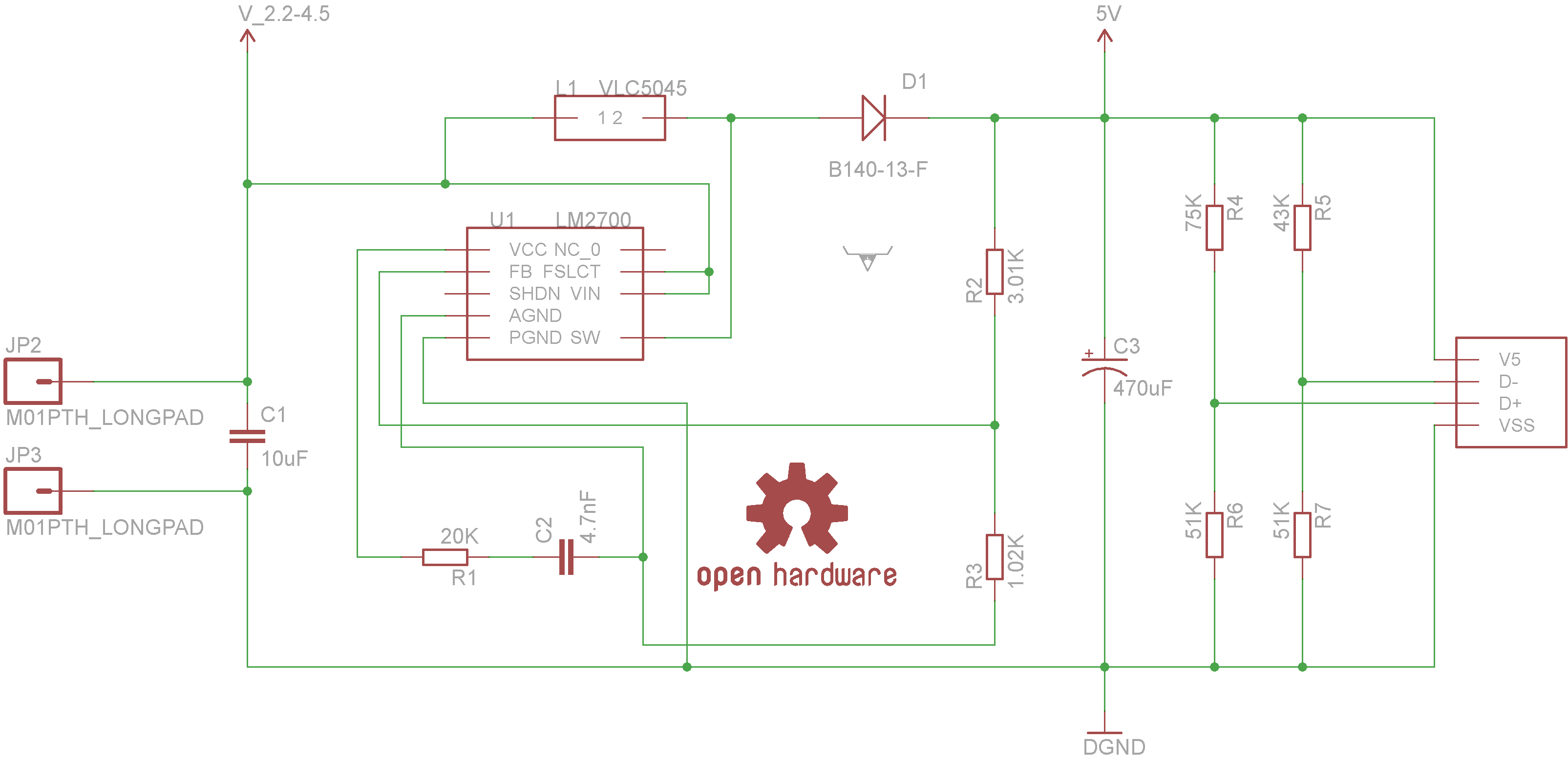
Mobile Phone and iPod Battery Charger
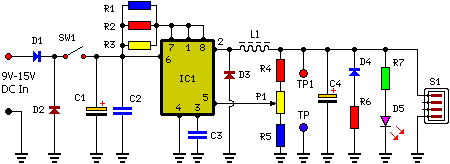
Charge your iPod without connecting it to a computer! Using the USB port on your computer to charge your player's batteries is not always practical.
To facilitate the charging of an iPod without the necessity of a computer, a dedicated charging circuit can be designed. This circuit can utilize a standard wall adapter that outputs a regulated voltage suitable for charging the iPod, typically 5V.
The essential components of this charging circuit include a power supply module, a USB connector, and a charging controller IC. The power supply module converts the AC voltage from the wall outlet to a stable DC voltage. The USB connector allows for compatibility with the iPod's charging port. The charging controller IC, such as the MCP73831, manages the charging process by regulating the voltage and current supplied to the iPod's battery, ensuring efficient and safe charging.
Additional features may include LED indicators to show the charging status, protection circuits to prevent overcharging, and thermal management components to dissipate heat generated during charging. By integrating these elements, the circuit can provide a reliable and convenient solution for charging an iPod independently of a computer.Charge your iPod without connecting it to a computer! Using the USB port on your computer to charge your player s batteries is not always practical. What.. 🔗 External reference
To facilitate the charging of an iPod without the necessity of a computer, a dedicated charging circuit can be designed. This circuit can utilize a standard wall adapter that outputs a regulated voltage suitable for charging the iPod, typically 5V.
The essential components of this charging circuit include a power supply module, a USB connector, and a charging controller IC. The power supply module converts the AC voltage from the wall outlet to a stable DC voltage. The USB connector allows for compatibility with the iPod's charging port. The charging controller IC, such as the MCP73831, manages the charging process by regulating the voltage and current supplied to the iPod's battery, ensuring efficient and safe charging.
Additional features may include LED indicators to show the charging status, protection circuits to prevent overcharging, and thermal management components to dissipate heat generated during charging. By integrating these elements, the circuit can provide a reliable and convenient solution for charging an iPod independently of a computer.Charge your iPod without connecting it to a computer! Using the USB port on your computer to charge your player s batteries is not always practical. What.. 🔗 External reference
